HISTORY
Palm Sunday marks the start of Holy Week. Since the first centuries of Christianity, the triumphant entry of Jesus into Jerusalem before his passion has been celebrated with particular solemnity. Depending on the branches used, the feast has been called Palm Sunday (from date palms), Willow Sunday (from pussy-willows, in Europe), or Flower Sunday (from early spring flowers, around Constantinople).
The blessed branches are carried home as a sacramental, as a visible symbol of Christ’s presence. They may be put over the main door, entwined on the crucifix or used to decorate an icon, as a “sign of salvation” and a “pledge of protection and blessing” during the coming year. On the eve of Ash Wednesday of the following year, they may be brought to church to be burned into the ashes that would be used the next day.
Outstanding homilies were delivered on this feast by the Church Fathers, the oldest being that of St. Methodius of Olympus (d.ca.311); among the most eloquent being those of St. Cyril of Alexandria (d. 444), St. Proclus of Constantinople (d. 447) and St. Sophronius of Jerusalem (d. 638).
PROCESSION
At a scheduled time, the congregation assembles in a secondary church or chapel or in some other suitable place distinct from the church to which the procession will move. The faithful carry palm branches and sing the antiphon “Hosanna to the Son of David, the King of Israel. Blessed is he who comes in the name of the Lord. Hosanna in the highest.” The priest and ministers, in red vestments for Mass, join the people in the antiphon. Then the priest gives an appropriate greeting and says a prayer, such as: “Almighty God, we pray you bless these branches and make them holy. Today we joyfully acclaim Jesus our Messiah and King. May we reach one day the happiness of the new and everlasting Jerusalem by faithfully following him who lives and reigns for ever and ever.” The priest sprinkles the branches with holy water in silence. Then the account of the Lord’s entrance into Jerusalem is proclaimed from one of the four gospels. After the gospel, a brief homily may be given. Before the procession begins, the celebrant or other suitable minister may address the people in words such as: “Let us go forth in peace, praising Jesus our Messiah, as did the crowds who welcomed him to Jerusalem.” The procession then begins. If incense is used, the thurifer goes first with a lighted censer, followed by the cross-bearer (with the cross suitably decorated) between two ministers with lighted candles, then the priest with ministers, and finally the congregation carrying branches. During the procession, an appropriate hymn is sung.
SOLEMN ENTRANCE
If the procession cannot be held outside the church, the commemoration of the Lord’s entrance may be celebrated before the principal Mass with the solemn entrance, which takes place within the church.
The faithful, holding the branches, assemble either in front of the church door or inside the church. The priest and ministers, with a representative group of the faithful, go to a suitable place in the church outside the sanctuary, so that most of the people will be able to see the rite.
While the priest goes to the appointed place, the antiphon Hosanna or other suitable song is sung. Then the blessing of branches and proclamation of the gospel about the Lord’s entrance into Jerusalem take place, as above. After the gospel, the priest, with the ministers and the group of the faithful, moves solemnly through the church to the sanctuary, while the responsory The Children of Jerusalem or other appropriate song is sung.
When the priest comes to the altar he venerates it, goes to his chair, and immediately begins the opening prayer of the Mass, which then continues in the usual way.
The passion is usually read as a narration and dialogue, with several readers. The part of Jesus is reserved for the priest. At the words announcing the death of Jesus, all kneel and pause a moment.
FREQUENT MISCONCEPTIONS
Palms may be blessed even on the evening preceding Palm Sunday. Sundays and solemnities begin on the preceding evening (General Norms for the Liturgical Year and Calendar, 3) therefore whatever is done on Sunday itself should also be done on the Saturday evening celebration of the Sunday Mass. Following the logic of those who claim it is unliturgical to bless palms on Saturday evening, we should also refrain from using liturgy for Sunday on Saturday evening. Saturday evening Masses are NOT anticipated Masses (which in itself is ridiculous to have) but Sunday Masses already.
Sunday, April 8, 2007
Subscribe to:
Post Comments (Atom)
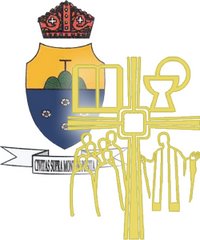

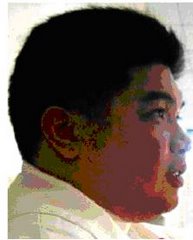
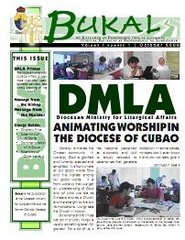
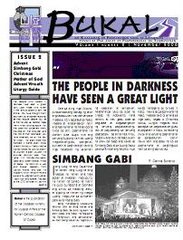
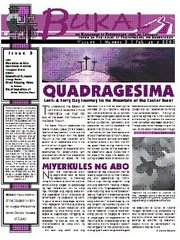


No comments:
Post a Comment